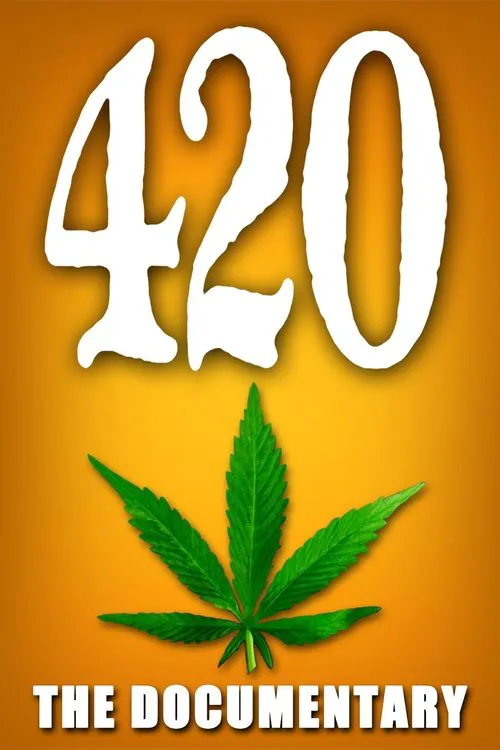420 - The Documentary

พล็อต
420, the documentary, delves into the origins of the mysterious term that signifies more than just smoking marijuana. Released in 2013, the film explores the events that transpired on April 20, 1971, and its connection to five high school students in San Rafael, California. The documentary begins by establishing the context of the time – a period where the counterculture movement was gaining momentum in the United States. Hippies, activists, and young people were all looking for ways to express themselves and their discontent with the status quo. Amidst this backdrop, five students from San Rafael High School, known collectively as the "Waldos," began their adventures. The story centers around Steve Capper and Dave Reddix, among other Waldos like Ed Rosenthal, Mr. Black, and Larry Schwartz, who became intrigued by the story of a hidden weed crop. According to their friend, Dave's brother, this cannabis crop was located somewhere on the peninsula between Point Reyes and San Rafael Bridge in Northern California. As it is told in the documentary, the term "420" originated from this story as a police code that would signify the discovery of marijuana. In the Waldos' language, "4:20" signified the perfect time and place to smoke the weed. Capper and Reddix became fascinated with the idea of finding the hidden crop and formed a group to embark on a treasure hunt-like adventure. With Ed Rosenthal and the others joining, the five started using the code "420" to signal their daily smoke sessions at 4:20 PM. They also marked this code on the wall near their favorite hangout spot, a statue near the campus – an act that became the start of their legacy. As the term gained traction, the story of the Waldos and their connection to 420 becomes entwined with a narrative that is a mix of mystery, adventure, and subculture. It is a testament to the group's creativity and resourcefulness in navigating the social politics of their era. Their love for weed, camaraderie, and defiance against authority is the core that holds their narrative together. From San Rafael High School to their participation in marijuana advocacy, the journey is chronicled by the filmmakers, who shed light on the complexities of the counterculture movement. By highlighting the key figures in this story, including the Waldos and key activists in the marijuana movement, the documentary provides a rich backdrop against which to explore the history of marijuana and its place in American culture. The documentary highlights interviews with former friends, family members, and some of the key figures in the counterculture movement of that era, adding an air of authenticity to the narrative. Through their reflections and insights, viewers are given a deeper understanding of how social and cultural norms influence behavior and attitude. In examining 420's emergence, the film ultimately raises questions about the power of language and symbols to transcend generations and cultures. By exploring the story of a group who dared to express themselves in a period of repression, this documentary reveals the strength of the human spirit and the power of shared experience to transcend adversity. The documentary not only pays tribute to the spirit of the Waldos but also provides an account of their role in popularizing the use of "marijuana culture" and the term "420." Their actions were the catalyst for widespread change and a cultural phenomenon that transcended the limitations of their own time and place. With each interview and each shared moment in the documentary, the narrative unravels to reveal the intricacies and nuances that underscore this story. It highlights how this story represents the collective efforts of those who challenged the status quo, the risks they took, and the consequences they faced in their journey for change.
วิจารณ์
คำแนะนำ


